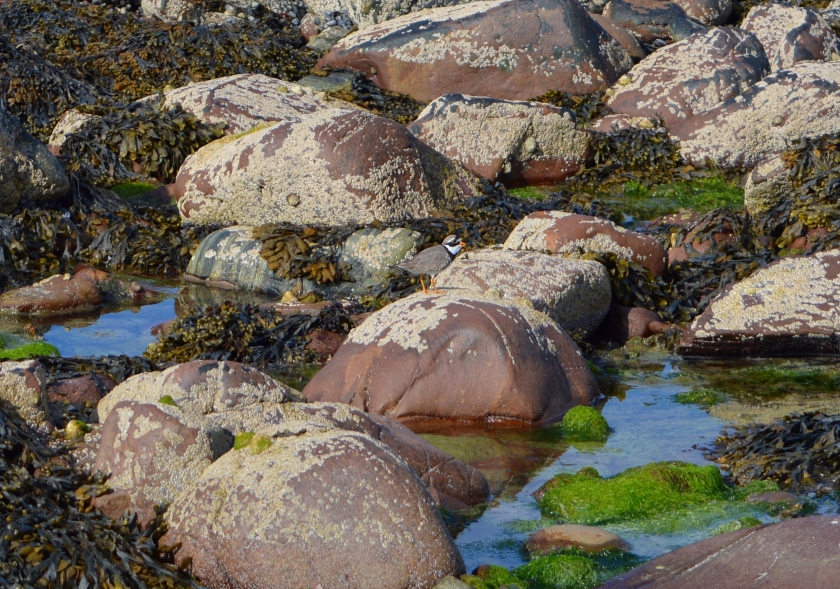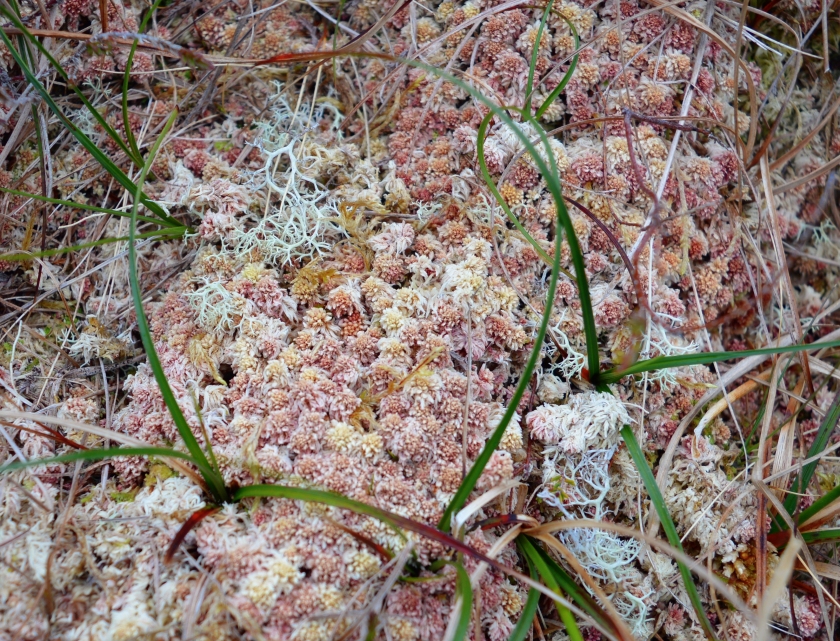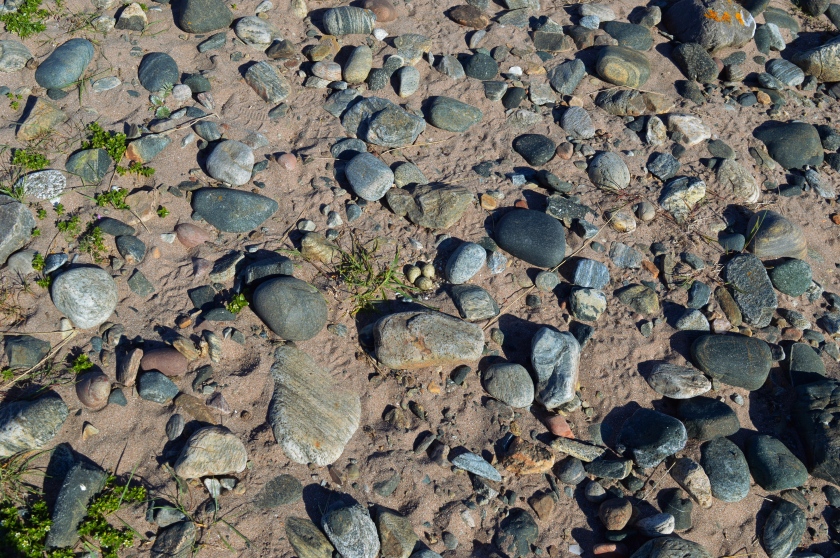Last week my partner (Roxanne) and I went on a trip to Assynt, a region in the Northwest Highlands of Scotland, with my father and his partner. We were staying in an old crofter’s cottage in a remote former fishing village called Culkein. The surrounding landscape of mountains and moorlands, rugged coastline and sandy beaches, interwoven with lochs and sea lochs, made for stunning views…


And excellent birding!

The local area had some great species. As soon as we arrived both Arctic and Great skua were seen from the cottage, Great skua was a new species for me so I was particularly pleased. And the nearby beach held Rock pipit, Oyster catcher, Dunlin and Ringed plover. Roxanne was the first to spot Ringed plover and was awarded ten points from Dad. The points seemed arbitrary but Dad assured us he was keeping track.

The road behind our cottage turned into a very rough track, which went through moorland and led to a medium sized loch. Our first bumpy drive down it was slightly reckless as we knew it was a dead end but were unsure if we’d be able to turn around anywhere along it, and Dad will be the first to admit that reversing isn’t his strong point… But we went for it anyway and luckily there was a suitable turning place, and lots of good birds!
Along this track we got our first nest of the trip: a neat little Meadow pipit’s nest, which was nestled underneath a clump of heather.

We revisited the track every morning hoping to locate more nests. Great skuas and Arctic skuas were holding territories and always appeared to be sitting on a nest, but frustratingly we must have been a bit too early as they were just sitting about in suitable sites.
Another bird that kept us returning to the track was the elusive Golden plover. A pair of Golden plover definitely had a nest nearby because on more than one occasion the pair were doing all they could to confuse us and lead us away from their probable nesting site. Golden plovers’ nests are notoriously difficult to find (less than ten records a year for the NRS) and the closest we got was finding the shell of a predated Golden plover’s egg.
With mine and Dad’s early mornings reserved for nesting our afternoons were free for more relaxed activities. On one afternoon we took a scenic drive around the area and I was able to get this pic of a Red deer in front of Quinag, which I think is almost good enough to go on a souvenir calendar or tin of shortbread.

However, after three early mornings of bouncing the hire car down the potholed track and finding no new nests, I started to lose my sense of purpose and could be found laying in boggy moorland photographing mosses and lichens.

Roxanne thinks they look like underwater photographs of marine plant life. But I was imagining them as alien landscapes.


By the fourth morning we had done some fantastic birding, seen quite a few mammals, visited a view pubs, and were just generally having a great time. But between Dad and I there was an unspoken, not worrying, but nagging feeling, that we hadn’t found any new nests. So we decided on a change of location for our early morning excursion. Instead of going down the usual track we decided to visit a local picturesque beach and see if we could find a Ringed plover’s nest (Rox’s ten pointer from the first day).
We walked along the top of the beach, which was a mix of sand a pebbles and ideal for Ringed plover. And sure enough after a minute of walking we noticed a Ringed plover running away from a suitable looking nest site towards the shore. This exactly what a Ringed plover is supposed to do when flushed from a nest: run, not fly, in a relatively straight line towards the shore, whilst alarming. We had a quick search around but couldn’t find anything so decided to fall back and watch to see if the bird would return, maybe we were looking in the wrong spot.

We sat and waited with a good view of the beach. After a short amount of time the bird started to slowly return to the top of the beach and, to our surprise, settled in the exact spot we’d just been searching…
Surely, with our well trained eyes, we would have spotted a nest there, we said. Perhaps, like the Skuas, this bird was having us on and just testing out of spot to see if it would be suitable for a future nest. But after at least a good half hour of the bird remaining in the same spot we decided to go and check it out.
Oh, there it is!

Admittedly the eggs are pretty tiny (about 3cm long) and very well camouflaged against the sand and pebbles.

This find seemed to get the ball rolling for our nesting, and over the next few days we had some great discoveries. So stay tuned for the next post and you’ll get to see the first chicks of the trip (actual cute and fluffy ones, not like the usual bald and scrawny ones!), AND the rarest nest my Dad and I have ever found!


Great! I love the ringed plovers nest.
and that beach…
LikeLiked by 1 person
And I do love a macro shot, so the lichen and moss were great to see!
LikeLiked by 1 person